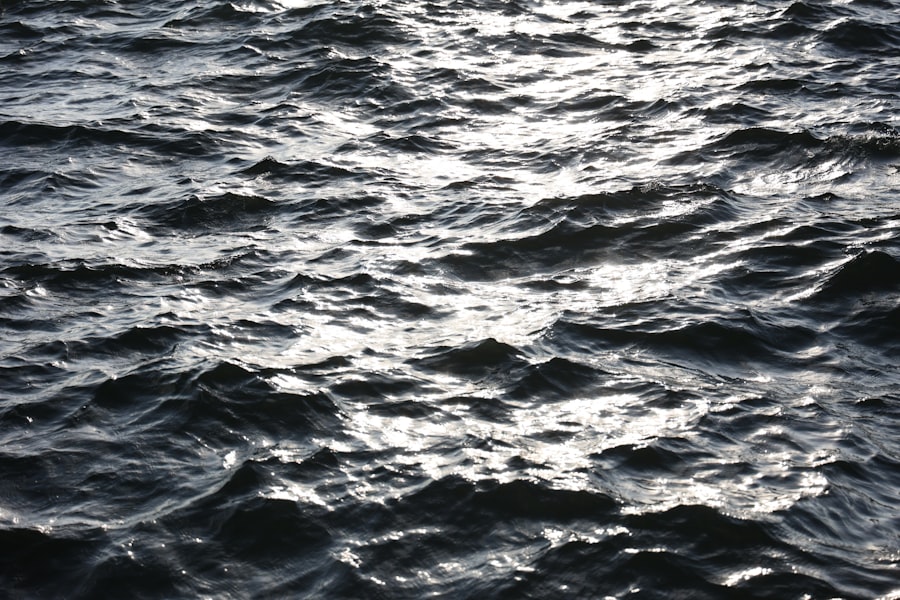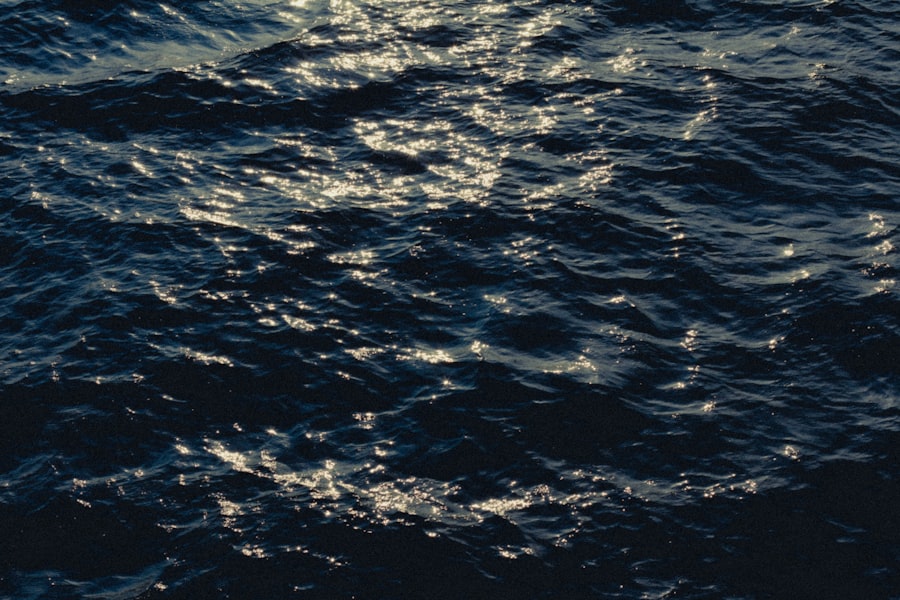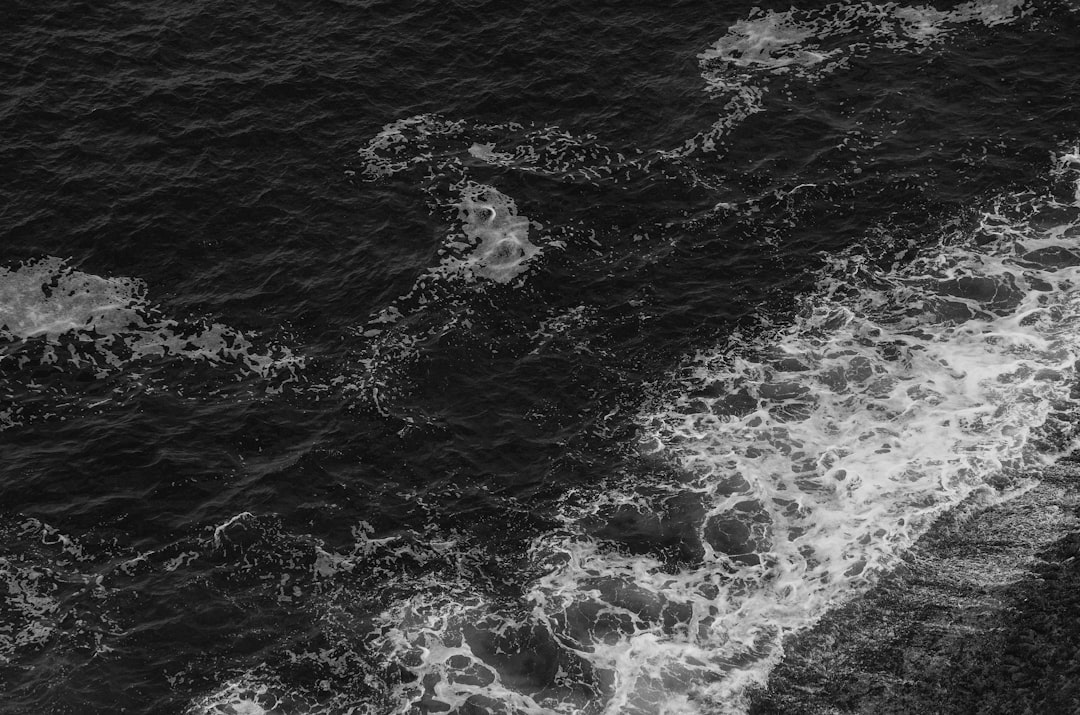The Drake Passage, a body of water situated between the southern tip of South America and Antarctica, is renowned for its tumultuous seas and unpredictable weather. Spanning approximately 800 kilometers (500 miles) in width, it serves as a critical maritime corridor connecting the Atlantic and Pacific Oceans. This passage is not only significant for its geographical location but also for its ecological and climatic implications.
The waters of the Drake Passage are often characterized by their cold temperatures and strong currents, which contribute to the unique marine ecosystem found in this region. Navigating the Drake Passage is a formidable challenge for sailors and researchers alike. The passage is notorious for its rough seas, which can be attributed to the confluence of various oceanic currents, including the Antarctic Circumpolar Current.
This current flows unimpeded around Antarctica, creating a dynamic environment that can lead to sudden and severe weather changes. As a result, understanding the Drake Passage is essential for anyone venturing into these waters, whether for scientific research, tourism, or commercial shipping.
Key Takeaways
- The Drake Passage is a narrow body of water between South America’s Cape Horn and the South Shetland Islands of Antarctica, known for its turbulent seas and strong winds.
- The weather in the Drake Passage is characterized by strong winds, high waves, and rapidly changing conditions, making it one of the roughest seas in the world.
- Navigating the Drake Passage poses challenges such as icebergs, strong currents, and unpredictable weather, requiring skilled and experienced crew members.
- Tips for safe passage include choosing the right time of year, preparing for rough seas, and following safety protocols to ensure a smooth and secure journey.
- The Drake Passage is home to diverse wildlife, including penguins, seals, and whales, making it a popular destination for wildlife enthusiasts and nature lovers.
Weather and Climate in the Drake Passage
The weather in the Drake Passage is notoriously volatile, with conditions that can shift dramatically within a matter of hours. The region experiences a maritime climate characterized by strong winds, heavy precipitation, and frequent storms. The prevailing westerly winds can reach speeds of up to 100 kilometers per hour (62 miles per hour), creating challenging conditions for vessels traversing the area.
These winds are often accompanied by large swells and waves that can exceed 10 meters (33 feet) in height, making navigation particularly treacherous. Temperature variations in the Drake Passage also play a significant role in its climate. The waters are typically cold, with surface temperatures ranging from -2°C to 10°C (28°F to 50°F).
This cold water is a result of the Antarctic Circumpolar Current, which brings frigid water from the Southern Ocean into the passage. The combination of cold water and strong winds creates an environment that is not only challenging for navigation but also supports a diverse range of marine life adapted to these harsh conditions.
Navigational Challenges and Hazards

Navigating the Drake Passage presents numerous challenges that require careful planning and expertise. One of the primary hazards is the unpredictable weather, which can lead to sudden storms and rough seas. Mariners must be prepared for rapidly changing conditions, including fog, rain, and snow, which can significantly reduce visibility and complicate navigation.
Additionally, the presence of icebergs and sea ice poses a constant threat to vessels operating in these waters. Another significant navigational challenge in the Drake Passage is the strong ocean currents that can affect a ship’s course. The Antarctic Circumpolar Current flows continuously around Antarctica, creating powerful eddies and whirlpools that can alter a vessel’s trajectory.
Sailors must be adept at reading charts and understanding oceanographic data to safely navigate these waters. Moreover, the lack of nearby ports or safe havens means that vessels must be self-sufficient and well-equipped to handle emergencies.
Tips for Safe Passage
| Tip | Description |
|---|---|
| Stay Alert | Be aware of your surroundings and potential risks. |
| Use Well-Lit Areas | Stick to well-lit paths and streets, especially at night. |
| Travel in Groups | Whenever possible, travel with others for safety. |
| Trust Your Instincts | If something feels off, trust your gut and take precautions. |
For those planning to navigate the Drake Passage, preparation is key to ensuring a safe journey. First and foremost, it is essential to have a well-maintained vessel equipped with reliable navigation tools and safety equipment. This includes life rafts, emergency beacons, and communication devices that can function in extreme conditions.
Mariners should also ensure that their vessel is stocked with sufficient provisions and fuel to withstand potential delays caused by adverse weather. Additionally, understanding weather patterns and monitoring forecasts is crucial for safe passage through the Drake Passage. Sailors should consult reliable meteorological sources and be prepared to adjust their plans based on real-time weather updates.
It is also advisable to travel in groups or as part of an organized expedition, as this can provide additional safety and support in case of emergencies. Finally, having a knowledgeable crew with experience in navigating challenging waters can make a significant difference in ensuring a successful journey.
Wildlife and Marine Life in the Drake Passage
The Drake Passage is home to an astonishing array of wildlife and marine life, making it a vital ecological zone.
This abundance of krill attracts various marine mammals, including whales such as humpbacks, orcas, and blue whales, which can often be seen feeding in these nutrient-rich waters.
In addition to marine mammals, the Drake Passage is also home to numerous seabird species that thrive in its harsh environment. Birds such as albatrosses, petrels, and skuas are commonly spotted soaring above the waves or diving for fish. The unique combination of cold water currents and abundant food sources creates an ideal habitat for these birds, making the passage an important area for avian biodiversity.
Observing this wildlife can be one of the most rewarding experiences for those traveling through the Drake Passage.
Historical Significance of the Drake Passage

The historical significance of the Drake Passage cannot be overstated. It has long been a critical route for explorers and navigators seeking to traverse between the Atlantic and Pacific Oceans. The passage was named after Sir Francis Drake, an English sea captain who became one of the first Europeans to navigate these treacherous waters in the late 16th century.
His voyages contributed to the understanding of global navigation and opened new trade routes that would shape maritime history. Throughout history, the Drake Passage has also been a site of exploration and scientific discovery. Many expeditions have ventured into these waters to study its unique ecosystems and gather data on climate change impacts in polar regions.
The passage has served as a gateway for researchers studying Antarctica’s geology, biology, and climate patterns. As such, it holds a prominent place in both maritime history and contemporary scientific research.
Emergency Protocols and Safety Measures
Given the inherent risks associated with navigating the Drake Passage, having robust emergency protocols in place is essential for ensuring safety at sea. Mariners should familiarize themselves with emergency procedures specific to their vessel and ensure that all crew members are trained in these protocols. Regular drills should be conducted to prepare for potential emergencies such as man overboard situations or equipment failures.
In addition to training, vessels should be equipped with comprehensive safety gear that meets international maritime standards. This includes life jackets, flares, first aid kits, and emergency communication devices capable of functioning in remote areas. Establishing clear communication channels with other vessels operating in the region can also enhance safety by allowing for coordination during emergencies or adverse weather conditions.
Popular Routes and Destinations
The Drake Passage serves as a vital route for various maritime activities, including tourism and research expeditions to Antarctica. Many cruise lines offer trips that traverse the passage, providing travelers with an opportunity to experience its breathtaking landscapes and unique wildlife firsthand. Popular destinations include Deception Island, known for its volcanic activity and caldera; Paradise Bay, famous for its stunning icebergs; and Port Lockroy, a historic British research station turned museum.
For researchers and scientists, the passage provides access to some of the most remote regions of Antarctica where critical studies on climate change and marine biology are conducted. Expeditions often focus on areas such as the Antarctic Peninsula or nearby islands like South Shetland Islands, where researchers can gather valuable data on glacial retreat and its implications for global sea levels.
The Role of Technology in Navigating the Drake Passage
Advancements in technology have significantly improved navigation through the Drake Passage over recent years. Modern vessels are equipped with sophisticated navigation systems that utilize GPS technology, radar, and sonar to enhance situational awareness at sea. These tools allow mariners to accurately chart their course while monitoring changing weather conditions and ocean currents.
Moreover, satellite communication has revolutionized how vessels communicate while at sea. Real-time data sharing enables crews to receive timely updates on weather patterns and potential hazards in their vicinity. This technological integration not only enhances safety but also allows for more efficient routing through challenging waters like those found in the Drake Passage.
Cultural and Scientific Expeditions in the Drake Passage
The cultural significance of the Drake Passage extends beyond its historical context; it has also become a focal point for scientific expeditions aimed at understanding climate change’s impact on polar regions.
These expeditions often involve multidisciplinary teams working collaboratively to address pressing environmental issues.
Culturally, the passage has inspired countless artists, writers, and filmmakers who seek to capture its raw beauty and dramatic landscapes. Documentaries showcasing life in this remote region highlight both its ecological importance and the challenges faced by those who inhabit or study it. As awareness grows regarding climate change’s effects on polar environments, cultural narratives surrounding the Drake Passage continue to evolve.
Future Challenges and Conservation Efforts
As climate change accelerates, future challenges loom over the delicate ecosystems within the Drake Passage. Rising ocean temperatures threaten marine biodiversity while altering migratory patterns among species reliant on stable environmental conditions. Additionally, increased shipping traffic due to melting ice caps raises concerns about pollution and potential oil spills that could devastate local wildlife.
In response to these challenges, conservation efforts are underway aimed at protecting this vital marine environment. International agreements such as the Antarctic Treaty System promote sustainable practices among nations operating in Antarctic waters while emphasizing research collaboration focused on environmental preservation. Ongoing monitoring programs seek to assess changes within marine ecosystems over time while advocating for responsible tourism practices that minimize human impact on fragile habitats.
In conclusion, navigating through the Drake Passage requires not only skillful seamanship but also an understanding of its complex environmental dynamics. As explorers continue to venture into these waters—whether for adventure or scientific inquiry—the importance of preserving this unique ecosystem remains paramount for future generations.
The Drake Passage is renowned for its turbulent seas and challenging navigation conditions, making it a significant topic of interest for maritime enthusiasts and researchers alike. For those looking to delve deeper into the geographical and historical significance of this treacherous stretch of water, an insightful article can be found on MyGeoQuest. This article explores the unique characteristics of the Drake Passage and its impact on global ocean currents. To learn more, you can read the full article by visiting MyGeoQuest’s detailed exploration of the Drake Passage.
WATCH NOW! Drake Passage: Earth’s Deadliest Waters Revealed
FAQs
What is the Drake Passage?
The Drake Passage is a body of water located between the southern tip of South America and the northern tip of the Antarctic Peninsula. It connects the southwestern part of the Atlantic Ocean with the southeastern part of the Pacific Ocean.
Why is the Drake Passage significant?
The Drake Passage is known for its rough seas and strong winds, making it one of the most challenging and unpredictable waterways to navigate. It is also an important region for oceanic and atmospheric circulation, as it is a major pathway for the movement of water and air between the Atlantic and Pacific Oceans.
What is the weather like in the Drake Passage?
The weather in the Drake Passage is characterized by strong winds, high waves, and rapidly changing conditions. It is notorious for its rough seas and stormy weather, with the potential for extreme conditions at any time of year.
What wildlife can be found in the Drake Passage?
The Drake Passage is home to a diverse range of marine wildlife, including various species of whales, dolphins, seals, and seabirds. It is also a popular area for birdwatching, with numerous species of albatrosses, petrels, and other seabirds frequenting the region.
Are there any human settlements in the Drake Passage?
There are no permanent human settlements in the Drake Passage, as the region is largely uninhabited due to its harsh and remote conditions. However, it is a popular route for expedition cruises and scientific research expeditions.
